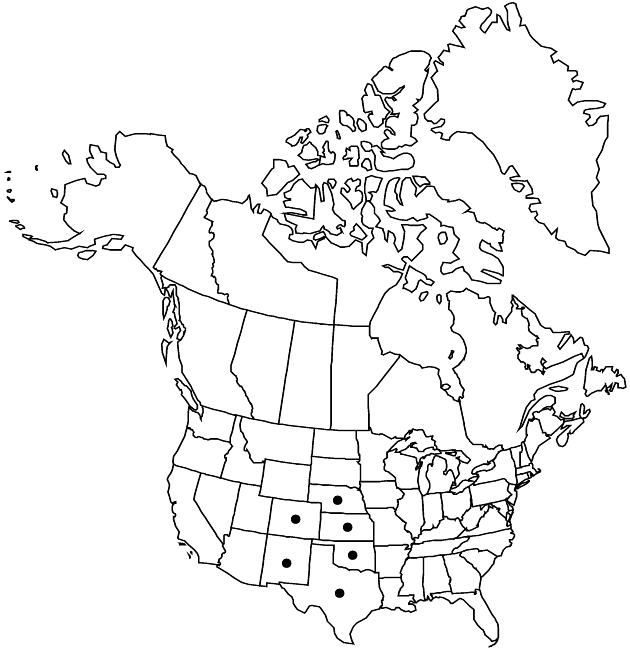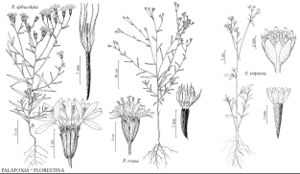Difference between revisions of "Palafoxia sphacelata"
Rhodora 48: 86. 1946.
Illustrated
Basionym: Stevia sphacelata Nuttall ex Torrey Ann. Lyceum Nat. Hist. New York 2: 214. 1827
FNA>Volume Importer |
imported>Volume Importer |
||
| (3 intermediate revisions by 2 users not shown) | |||
| Line 6: | Line 6: | ||
|place=48: 86. 1946 | |place=48: 86. 1946 | ||
|year=1946 | |year=1946 | ||
| + | }} | ||
| + | |special_status={{Treatment/ID/Special_status | ||
| + | |code=F | ||
| + | |label=Illustrated | ||
}} | }} | ||
|basionyms={{Treatment/ID/Basionym | |basionyms={{Treatment/ID/Basionym | ||
|name=Stevia sphacelata | |name=Stevia sphacelata | ||
|authority=Nuttall ex Torrey | |authority=Nuttall ex Torrey | ||
| + | |rank=species | ||
|publication_title=Ann. Lyceum Nat. Hist. New York | |publication_title=Ann. Lyceum Nat. Hist. New York | ||
|publication_place=2: 214. 1827 | |publication_place=2: 214. 1827 | ||
| Line 36: | Line 41: | ||
-->{{#Taxon: | -->{{#Taxon: | ||
name=Palafoxia sphacelata | name=Palafoxia sphacelata | ||
| − | |||
|authority=(Nuttall ex Torrey) Cory | |authority=(Nuttall ex Torrey) Cory | ||
|rank=species | |rank=species | ||
| Line 50: | Line 54: | ||
|publication title=Rhodora | |publication title=Rhodora | ||
|publication year=1946 | |publication year=1946 | ||
| − | |special status= | + | |special status=Illustrated |
| − | |source xml=https:// | + | |source xml=https://bitbucket.org/aafc-mbb/fna-data-curation/src/2e0870ddd59836b60bcf96646a41e87ea5a5943a/coarse_grained_fna_xml/V19-20-21/V21_978.xml |
|tribe=Asteraceae tribe Heliantheae | |tribe=Asteraceae tribe Heliantheae | ||
|subtribe=Asteraceae (tribe Heliantheae) subtribe Chaenactidinae | |subtribe=Asteraceae (tribe Heliantheae) subtribe Chaenactidinae | ||
Latest revision as of 20:15, 5 November 2020
Annuals, 10–90 cm. Stems usually proximally hispid, distally stipitate-glandular. Leaf blades broadly to narrowly lanceolate, 30–90 × 3–20 mm. Involucres broadly to narrowly turbinate. Phyllaries 9–12+ × 1.5–3 mm, ± equal, ± scabrous to hispid and/or stipitate-glandular. Ray florets 3–5; corollas 15–25 mm, laminae 5–12 mm. Disc florets 15–35; corollas ± actinomorphic, 10–14 mm, throats ± funnelform, shorter than lobes. Cypselae 6–9 mm; pappus scales of inner cypselae 7–9 mm. 2n = 24.
Phenology: Flowering summer–fall.
Habitat: Sandy soils
Elevation: 1000–1800 m
Distribution

Colo., Kans., Nebr., N.Mex., Okla., Tex., Mexico (Chihuahua).
Discussion
Selected References
None.
Lower Taxa
None.
